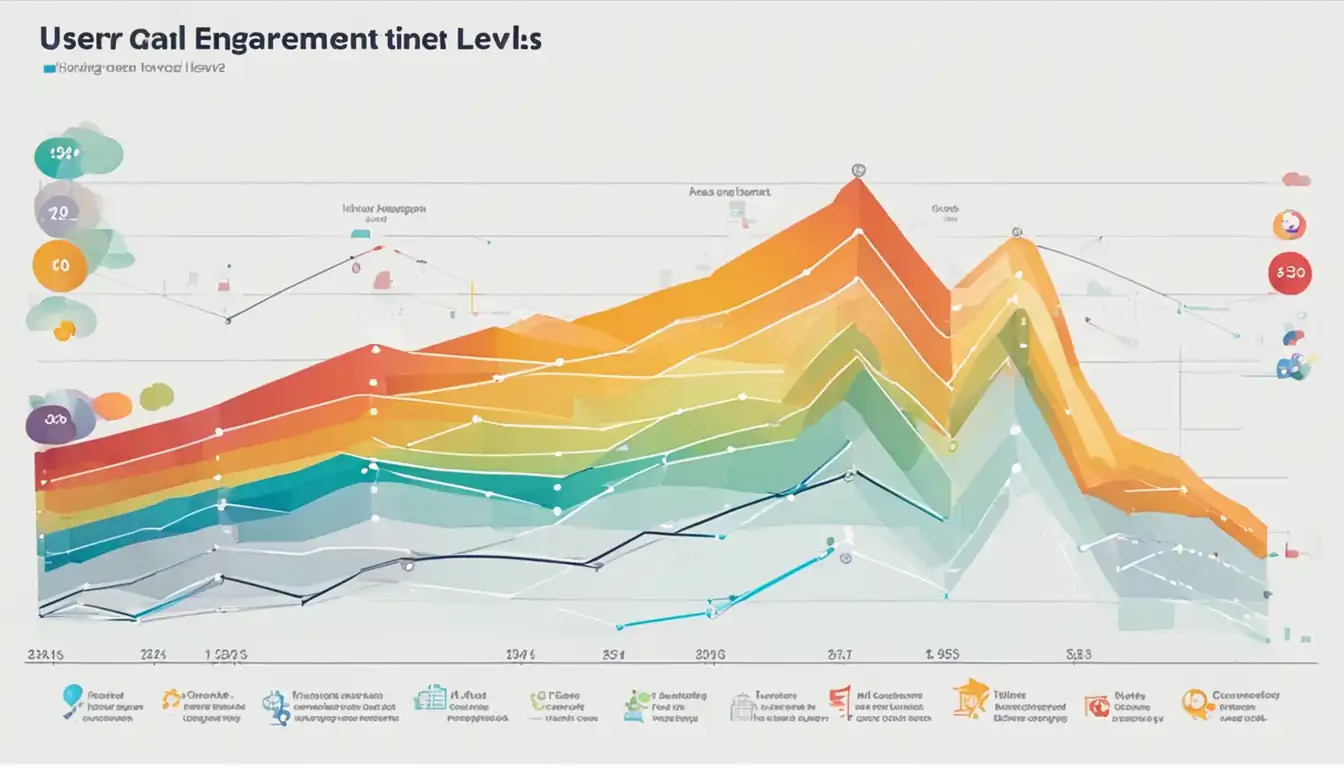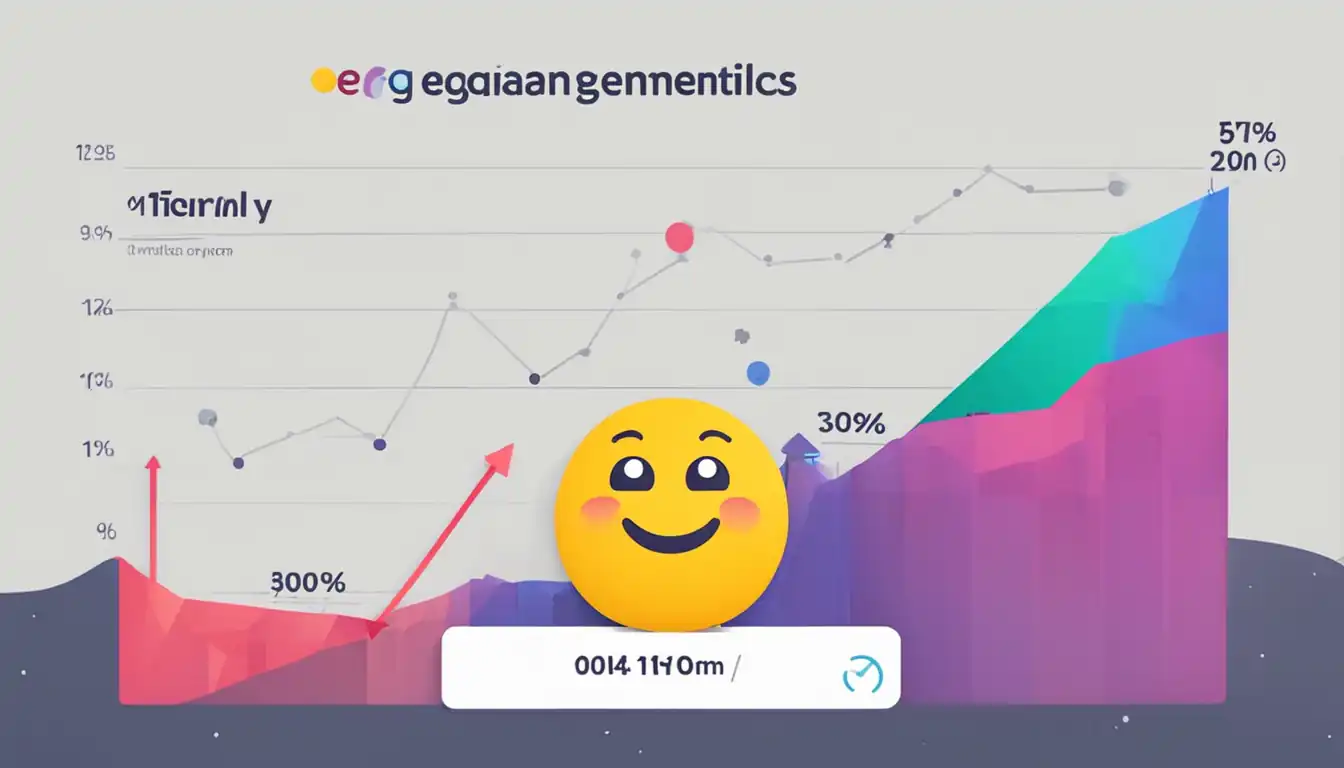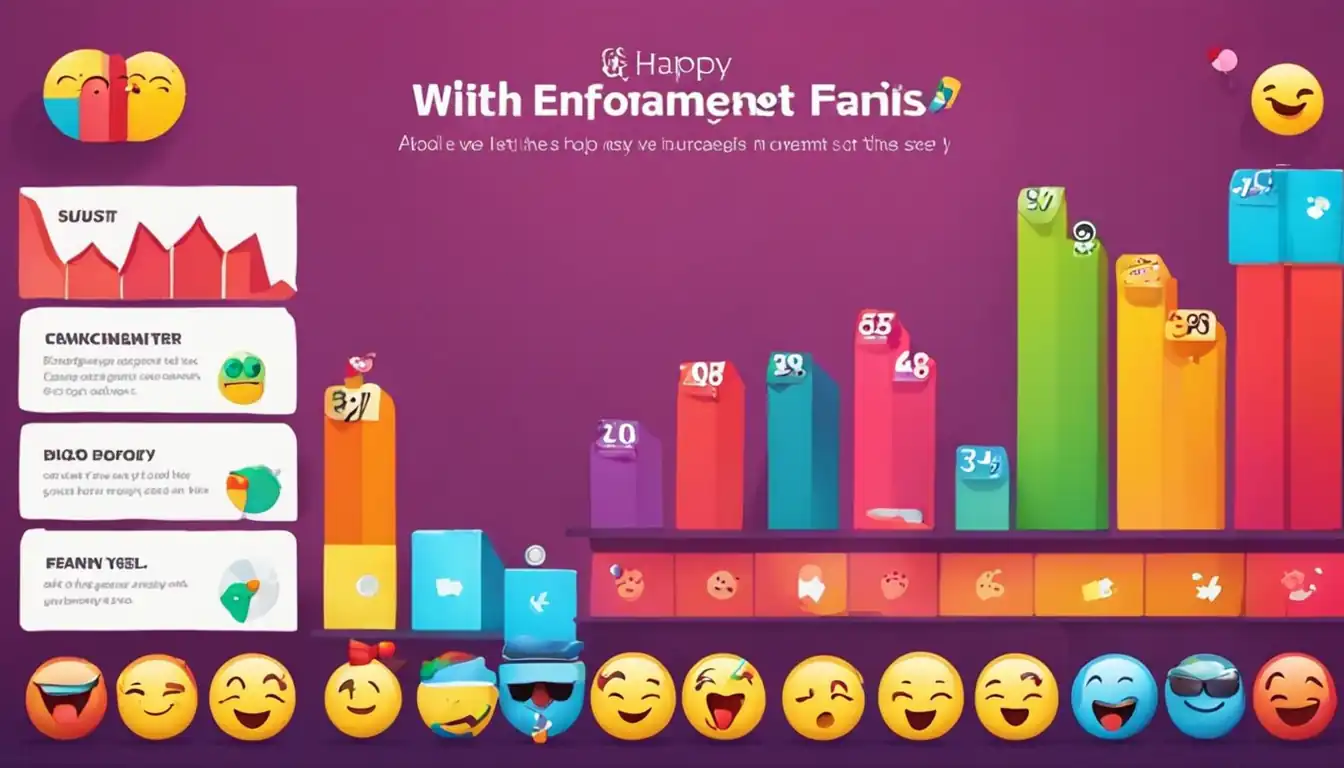Unlocking the Secrets of Content Engagement Metrics

In the world of digital marketing, understanding content engagement metrics is like finding the key to unlock success. These metrics provide valuable insights into how your audience interacts with your content, helping you tailor your strategies for maximum impact. From page views to social shares, each metric plays a crucial role in shaping your content strategy and driving results. So, let's dive in and uncover the secrets of content engagement metrics that will take your marketing game to the next level.
Understanding Content Engagement Metrics
What Are Content Engagement Metrics
Content engagement metrics are quantitative measurements that indicate how users interact with your content. These metrics provide insights into the effectiveness of your content in capturing and retaining audience attention. Common content engagement metrics include:
- Page Views: The number of times a page has been viewed by users.
- Time on Page: The average amount of time users spend on a page.
- Bounce Rate: The percentage of visitors who navigate away from the site after viewing only one page.
- Click-through Rate (CTR): The percentage of users who click on a link or call-to-action within the content.
Understanding these metrics can help you evaluate the performance of your content and make informed decisions to optimize it for better engagement.
Why They Matter in Digital Marketing
Content engagement metrics play a crucial role in digital marketing for several reasons:
- Measure Effectiveness: By tracking engagement metrics, you can assess how well your content resonates with your target audience and adjust your strategies accordingly.
- Improve SEO Performance: Search engines like Google consider user engagement signals when ranking pages. Higher engagement metrics can lead to better visibility in search results.
- Increase Conversions: Engaging content is more likely to convert leads into customers. By monitoring engagement metrics, you can identify areas for improvement to drive conversions.
- Enhance User Experience: Understanding how users interact with your content allows you to create a more personalized and engaging experience, leading to higher retention rates.
In conclusion, content engagement metrics are essential tools for measuring the success of your digital marketing efforts and optimizing your content strategy for maximum impact.
Key Metrics to Measure Content Success
When it comes to measuring the success of your content, there are several key metrics that can provide valuable insights into how engaging your content is. By tracking these metrics, you can better understand what resonates with your audience and make informed decisions about future content strategies.
Page Views and Unique Visitors
Page views refer to the total number of times a specific page on your website has been viewed. This metric can give you an overall idea of how popular a piece of content is and how many people are interacting with it.
Unique visitors, on the other hand, represent the number of individual users who have visited a particular page. This metric helps you understand how many different people are engaging with your content.
Tracking both page views and unique visitors can help you gauge the reach and impact of your content, allowing you to identify trends and patterns in audience behavior.
Time Spent on Page and Bounce Rate
Time spent on page measures the average amount of time visitors spend on a specific page before navigating away. A high average time spent on page indicates that visitors are engaging with your content and finding value in it.
On the other hand, bounce rate refers to the percentage of visitors who navigate away from a page after viewing only that single page. A high bounce rate may indicate that visitors did not find what they were looking for or that the content was not engaging enough to keep them on the site.
By analyzing both time spent on page and bounce rate, you can gain insights into how well your content is holding the attention of your audience and whether it is meeting their expectations. These metrics can help you optimize your content for better engagement and retention.
Deeper Dive into Interaction Metrics

In the world of content engagement metrics, it's crucial to take a deeper dive into interaction metrics to truly understand how your audience is engaging with your content. These metrics provide valuable insights into the effectiveness of your content strategy and can help you make informed decisions on how to optimize for better engagement.
Social Shares and Comments
Social shares are a key indicator of how well your content is resonating with your audience. When someone shares your content on social media, it not only increases visibility but also indicates that they found the content valuable enough to share with their own network. Monitoring social shares can help you identify which types of content are most popular among your audience and tailor future content accordingly.
Comments are another important interaction metric to consider. They provide direct feedback from your audience and can give you valuable insights into their thoughts, opinions, and questions. Engaging with comments shows that you value your audience's input and can help foster a sense of community around your content.
Likes, Follows, and Subscriptions
Likes, follows, and subscriptions are also important interaction metrics that can indicate how engaged your audience is with your content. When someone likes a post or follows your page, it shows that they are interested in seeing more from you in the future. Subscriptions, whether to a newsletter or blog updates, demonstrate a deeper level of engagement as they signify an ongoing interest in receiving more content from you.
Monitoring these metrics over time can help you track the growth of your audience and identify trends in engagement levels. By analyzing these interactions, you can gain valuable insights into what resonates with your audience and adjust your content strategy accordingly to drive even higher levels of engagement.
Analyzing Behavioral Metrics for Better Insights

Click-Through Rates (CTR)
One of the most important content engagement metrics to consider is the click-through rate (CTR). This metric measures the percentage of users who clicked on a link or call-to-action within your content. A high CTR indicates that your content is engaging and compelling enough to prompt users to take action.
To improve CTR, focus on creating clear and enticing calls-to-action, using compelling headlines, and optimizing meta descriptions for search engines. Additionally, A/B testing different elements of your content can help you identify what resonates best with your audience.
Scroll Depth and Interaction Events
Scroll depth and interaction events are also crucial metrics to analyze when it comes to content engagement. Scroll depth measures how far users scroll down a page, providing insights into whether they are consuming the entire piece of content or dropping off prematurely.
Interaction events track user actions such as clicks, form submissions, video views, and social shares. By analyzing these events, you can gain a better understanding of how users are engaging with your content and identify areas for improvement.
Remember to regularly monitor these behavioral metrics and use them to inform your content strategy moving forward. By understanding how users interact with your content, you can make data-driven decisions that lead to higher engagement and conversions.
Tools and Techniques to Track These Metrics
Google Analytics for Beginners
Google Analytics is a powerful tool that provides valuable insights into content engagement metrics. For beginners, it offers a user-friendly interface and basic features to track key metrics such as page views, bounce rate, time on page, and conversion rates. By setting up goals and events in Google Analytics, you can measure the effectiveness of your content in engaging users and driving conversions.
Advanced Tools for Seasoned Marketers
For seasoned marketers looking to delve deeper into content engagement metrics, advanced tools such as SEMrush, Moz Pro, and Ahrefs offer more sophisticated analytics capabilities. These tools provide detailed data on keyword rankings, backlinks, social shares, and competitor analysis to help optimize content performance. By leveraging these advanced tools, marketers can gain a comprehensive understanding of their audience's behavior and tailor their content strategy accordingly.
Understanding Content Engagement Metrics
